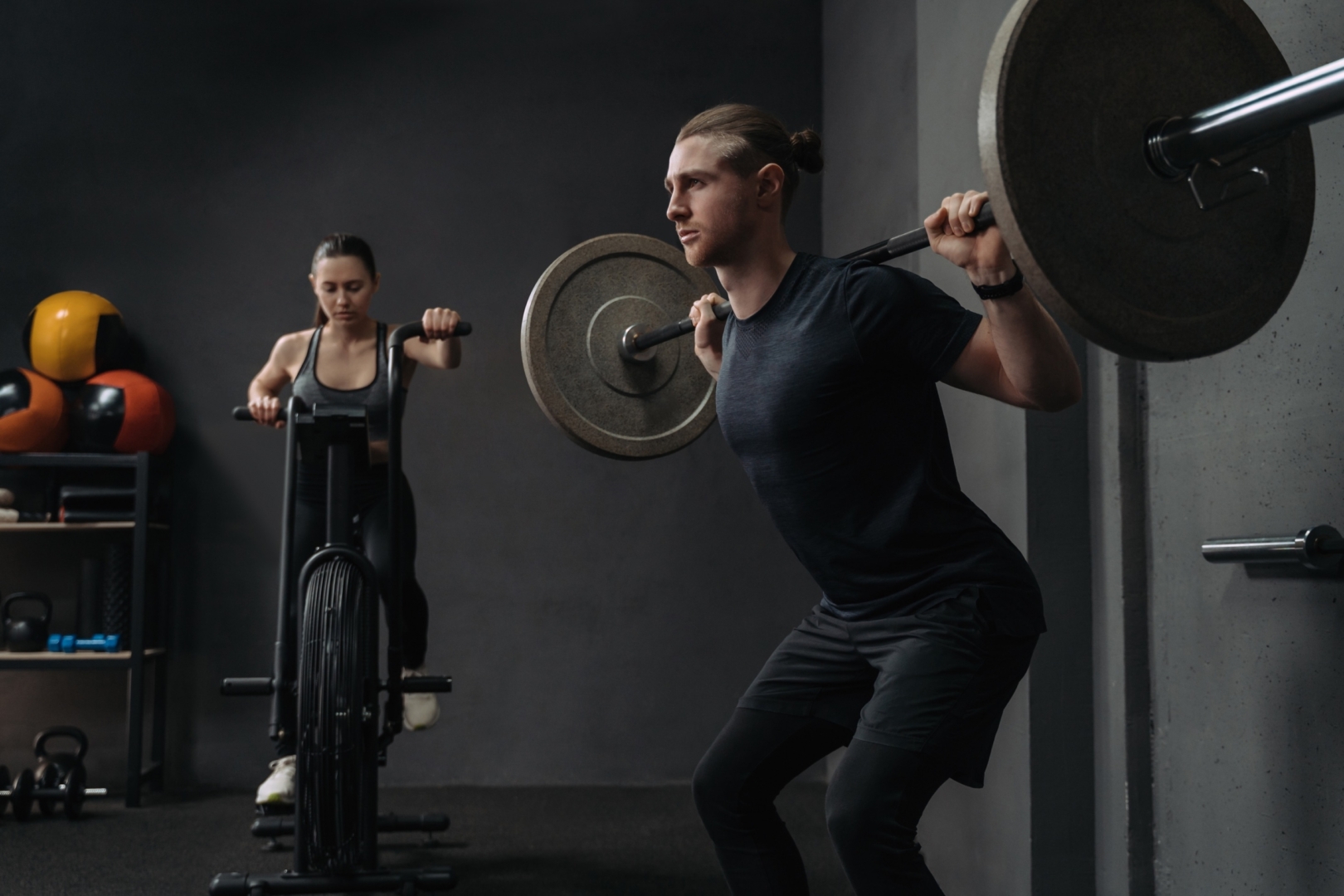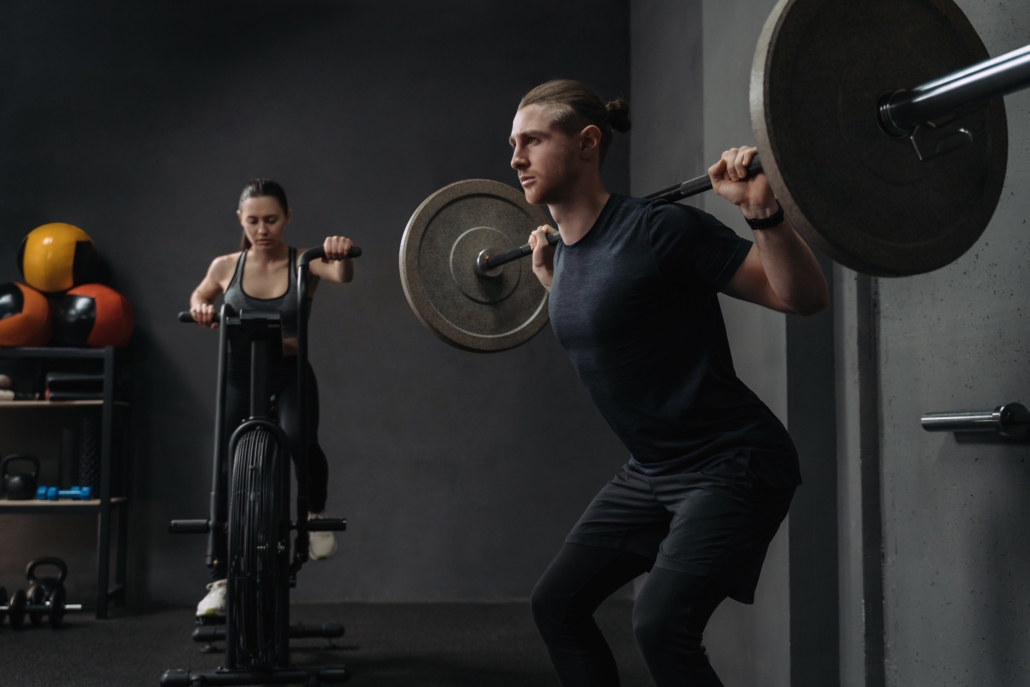Yes, you can (and should) train endurance and strength at the same time
The benefits of concurrent training are far-reaching and help improve multiple physical qualities, but there are several factors to be aware of.
Concurrent training can be a huge positive for modern athletes, who must possess a wide range of athletic capabilities
-
The benefits of concurrent training are far-reaching and help improve multiple physical qualities
-
Recovery is crucial to ensure athletes don’t feel fatigued
Concurrent training: There’s nothing to be afraid of
Athletes can gain huge benefits from simultaneously training endurance and strength, despite early research suggesting it can be harmful.
Ben Andrews, a leading strength and conditioning coach based in Australia, is a huge advocate of concurrent training, and says it has many positive impacts.
“[Concurrent training is defined as] the specific training of endurance and strength capabilities in immediate succession, or with up to 24 hours of recovery separating the two exercise modes,” he said during his Science for Sport presentation titled ‘Concurrent Training’.
“The goal is to simultaneously develop a number of qualities – [for example] lower body power, lateral and linear speed, upper body strength, anaerobic capacity, aerobic capacity.
“Athletes that are elite in multiple qualities often have game-changing ability … yes, Christiano Ronaldo has an elite vertical leap, but he has also got elite level-top speed, change of direction, [and is] known as one of the best runners in the league.”
Debunking the ‘interference effect’
Andrews said early research suggested an ‘interference effect’ — when the development of one quality may interfere with the development of another, compared to training either qualities in isolation of one another — may negatively affect athletes who implemented concurrent training.
However, he said that has since been debunked, and most modern studies have shown an increase in physical performance during concurrent training, especially with appropriate recovery and scheduling.
Overtraining was the likely cause of any negative interference in the long-term, Andrews said, with deloading, nutrition, rest, sleep and other recovery methods vital.
The importance of recovery
Deloading is a planned reduction in training volume to promote recovery, with Andrews suggesting incorporating a deload week every four to six weeks.
“Most of the time overtraining occurs as a result of the athlete or group of athletes not putting in the work to recover from the training stimulus,” he said. “Not all athletes will look after themselves outside our care – what they do outside of that time is so important to training.
“You can have the best training program in the world but if your athlete is going home and not sleeping, not putting in work with recovery, not eating well, then they will show signs of overtraining even if the training loads have been selected correctly.
“Rest, recover, regenerate, repeat!”
[optin-monster slug=”nhpxak0baeqvjdeila6a”]





